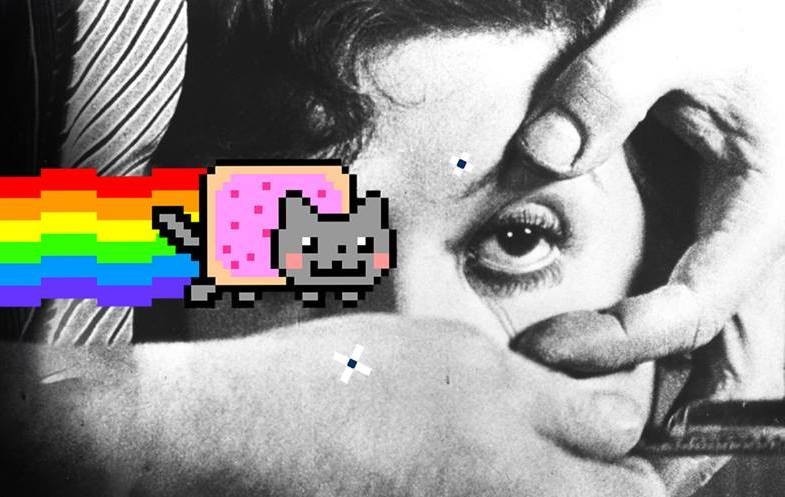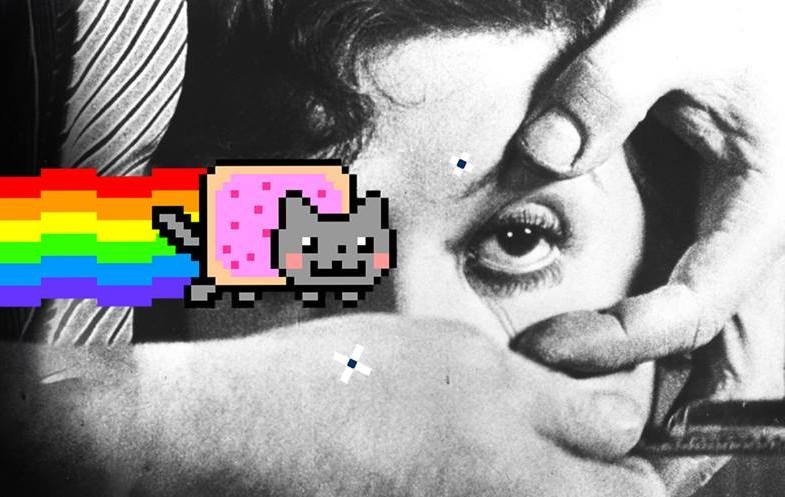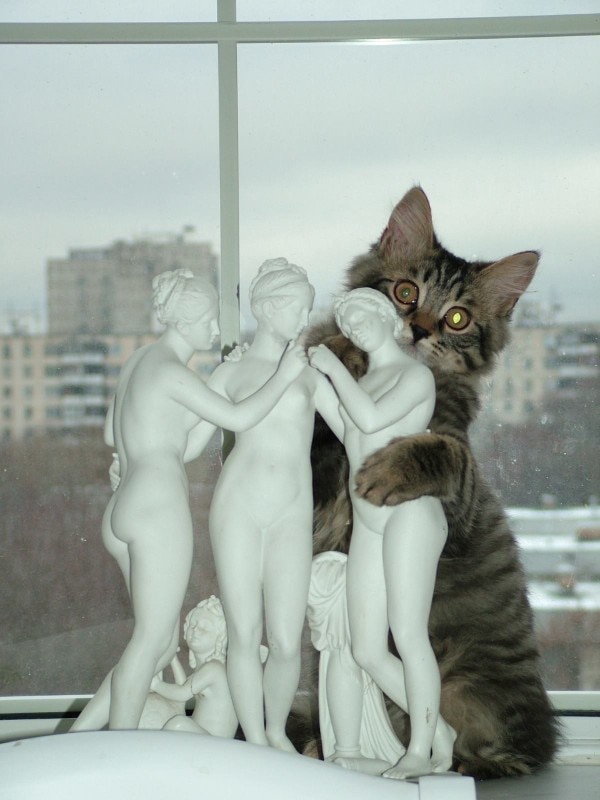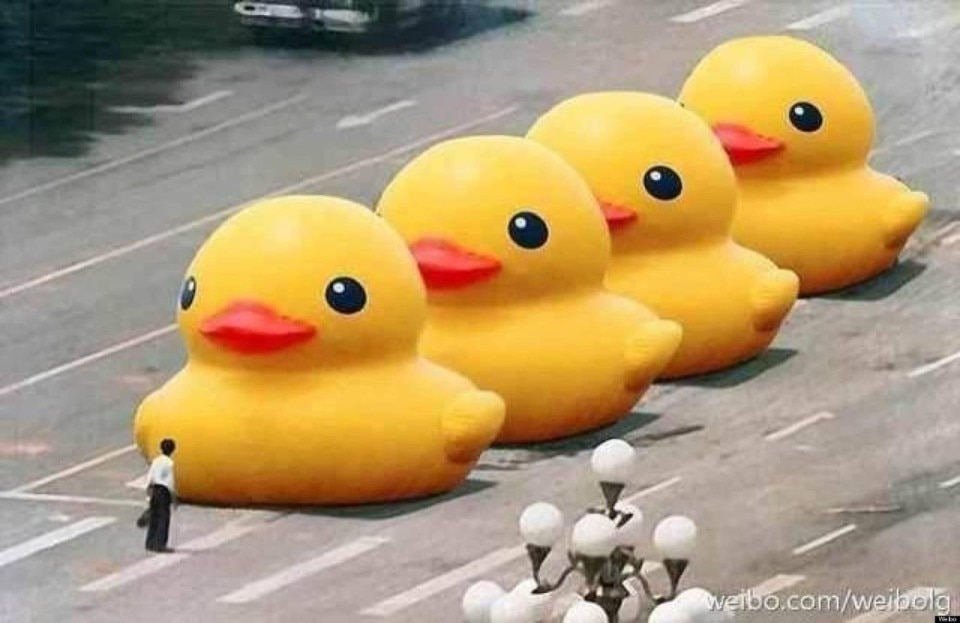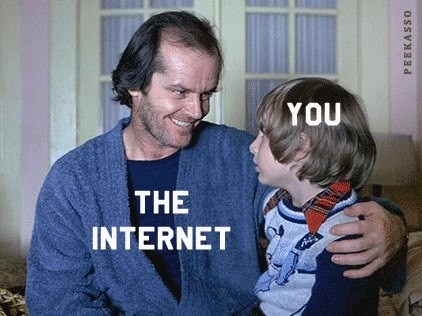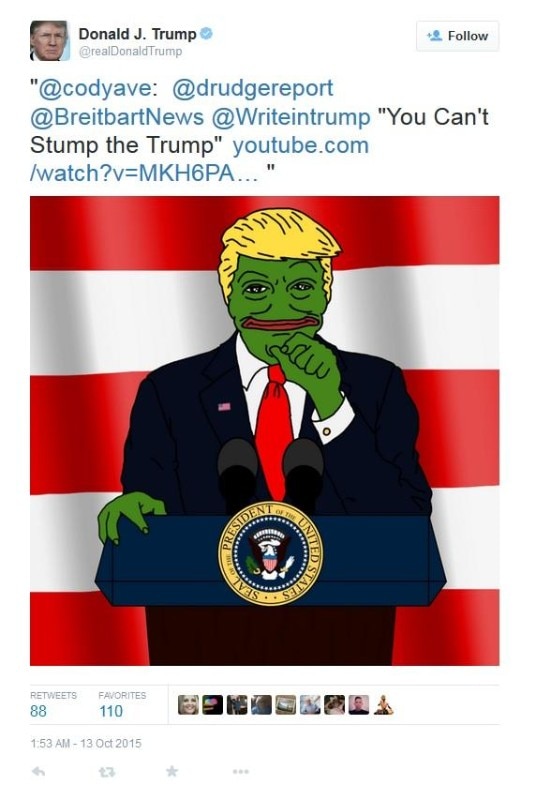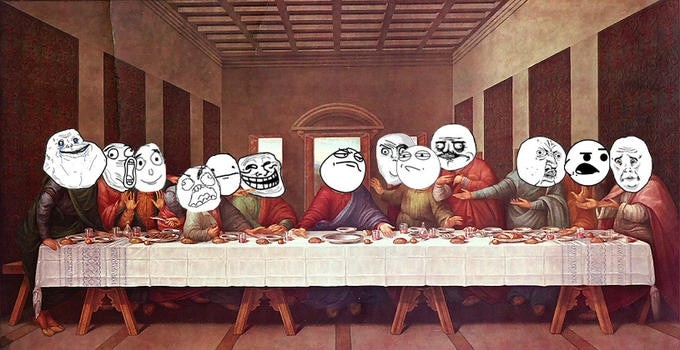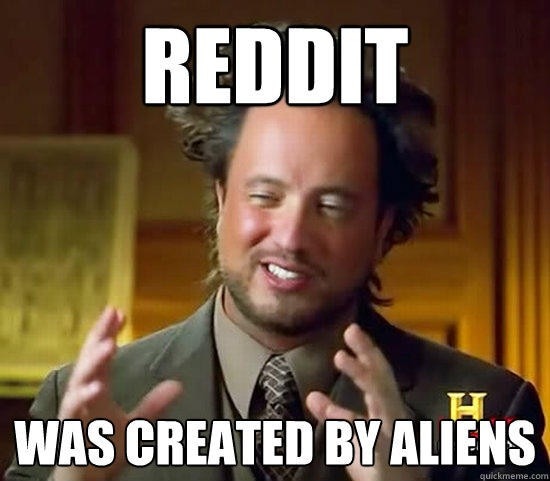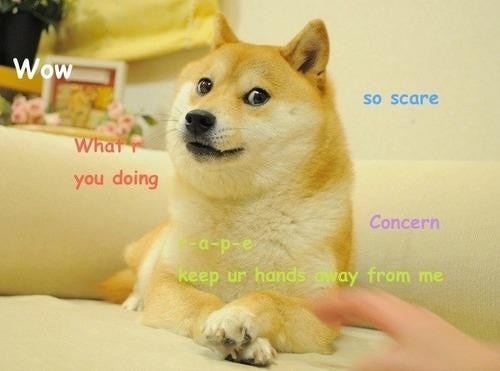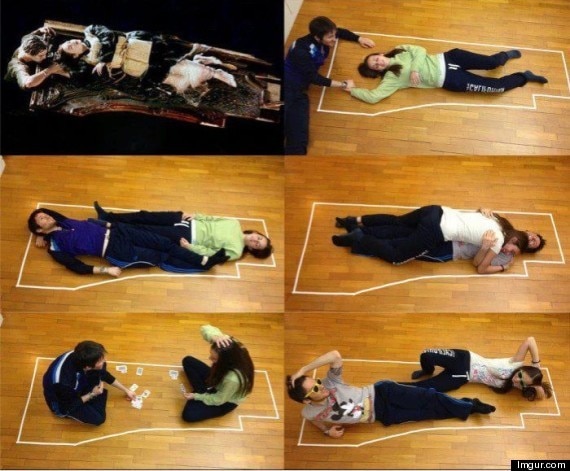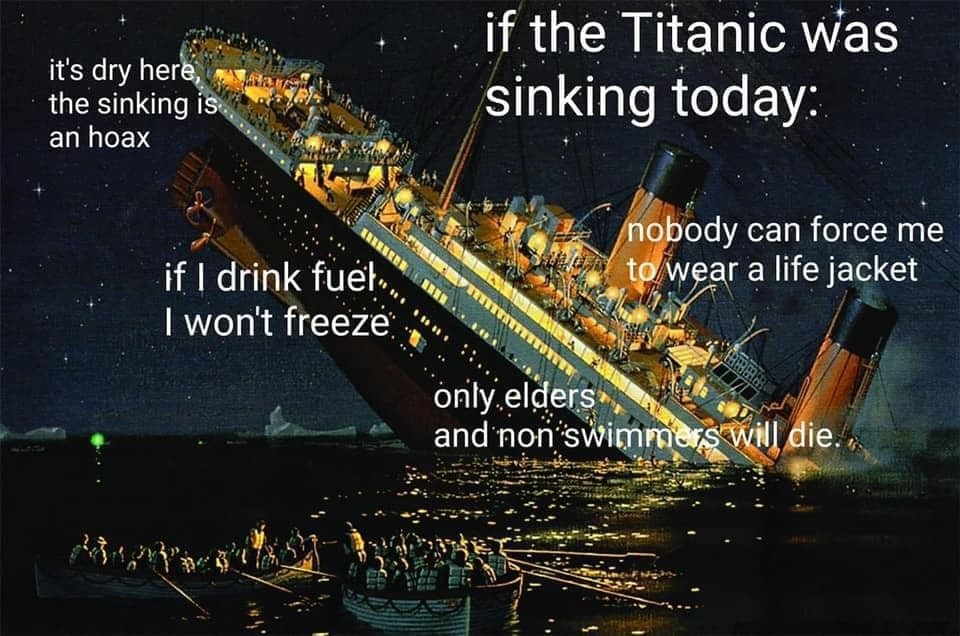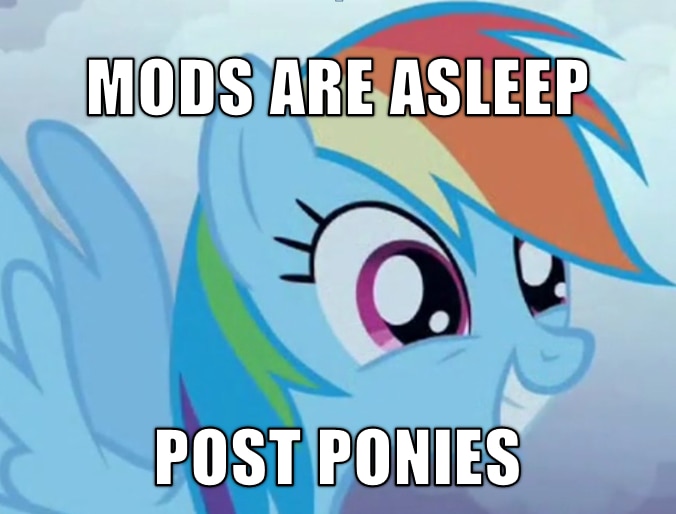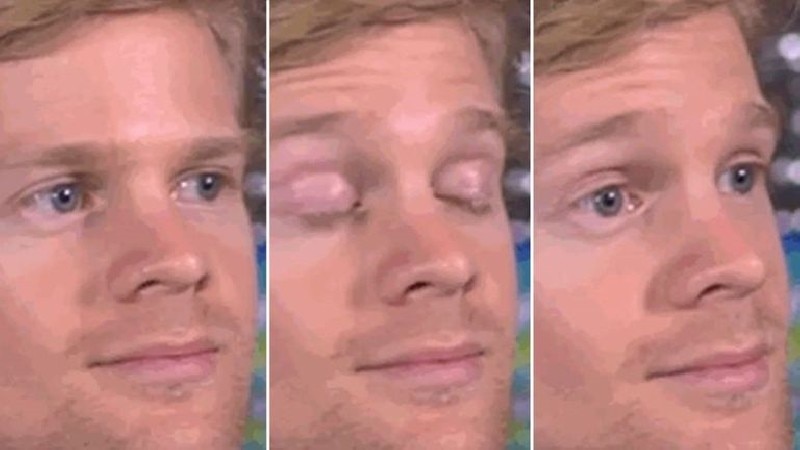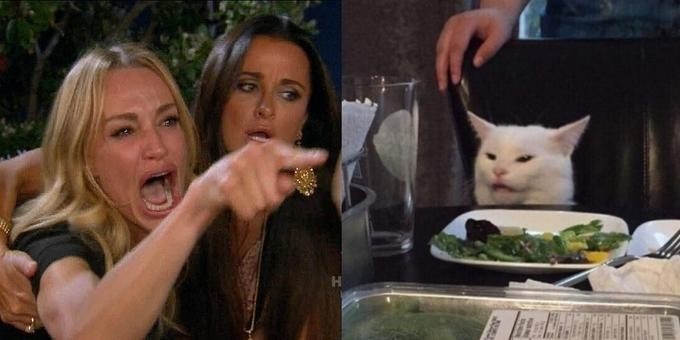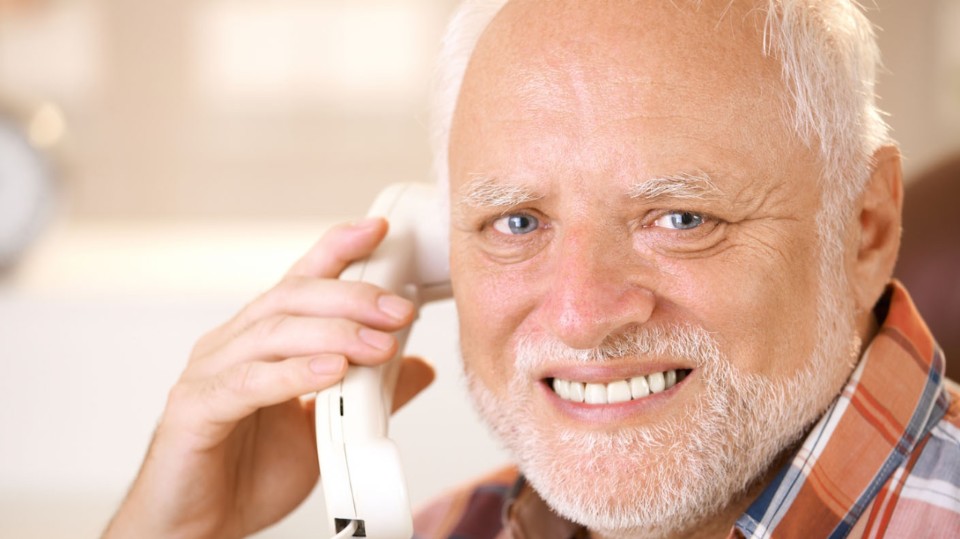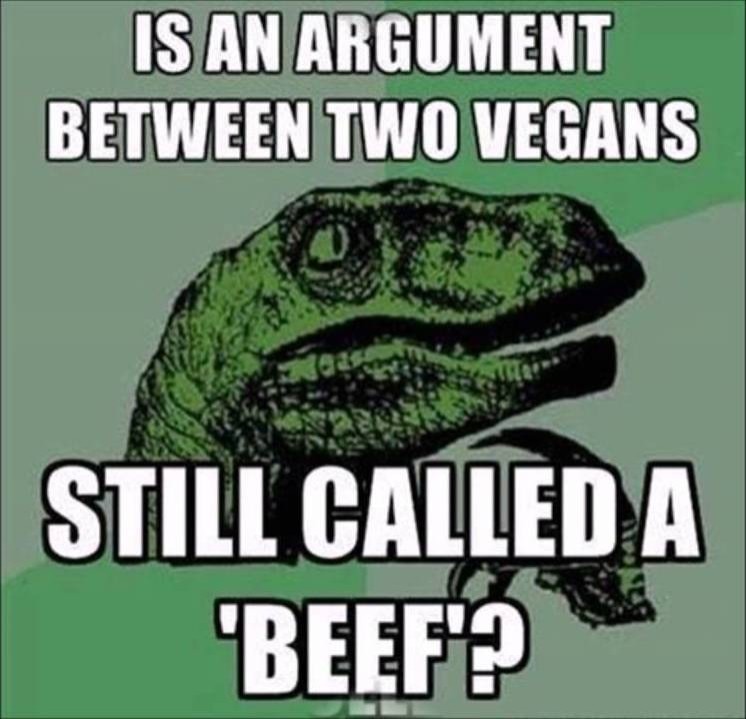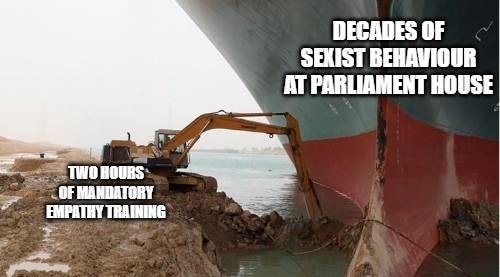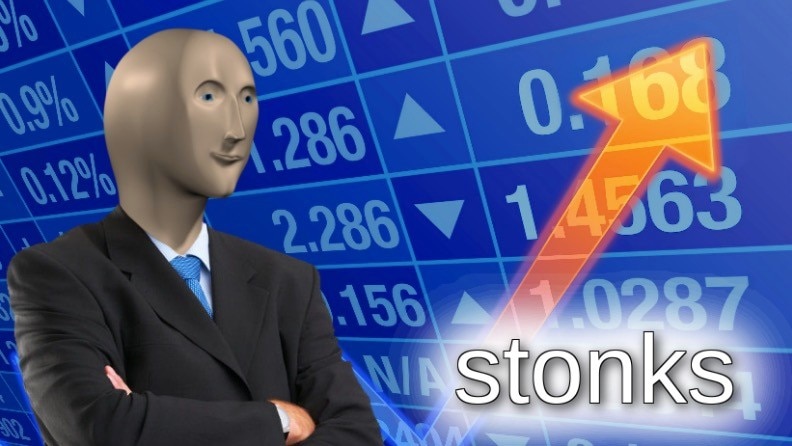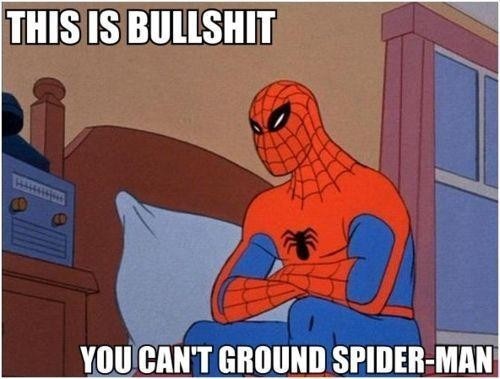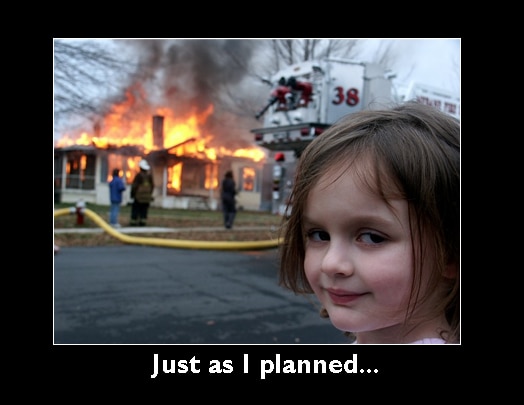Memes, animated GIFs, TikTokers. Internet, the spread of new technologies, and the rise of social media have overturned the world of visual arts. But what is the real limit between these (by now consolidated) practices and the dearly beloved concept of artistic production? Is it necessary to expand the same definition of art that we have been using until now? Not only are the boundaries between disciplines increasingly blurred, but also the new tools available have made such overproduction possible – an overproduction of which memetics and viral content are the most glaring examples.
We talked about it with Valentina Tanni, author of Memestetica, il settembre eterno dell’arte (Nero, 2020), a lucid essay in which the art historian and curator investigates the retaliation for the rise of amateur art by drawing a contemporary map – “from Marcel Duchamp to TikTok” – of the increasingly hybrid relationship between visual arts and digital culture.
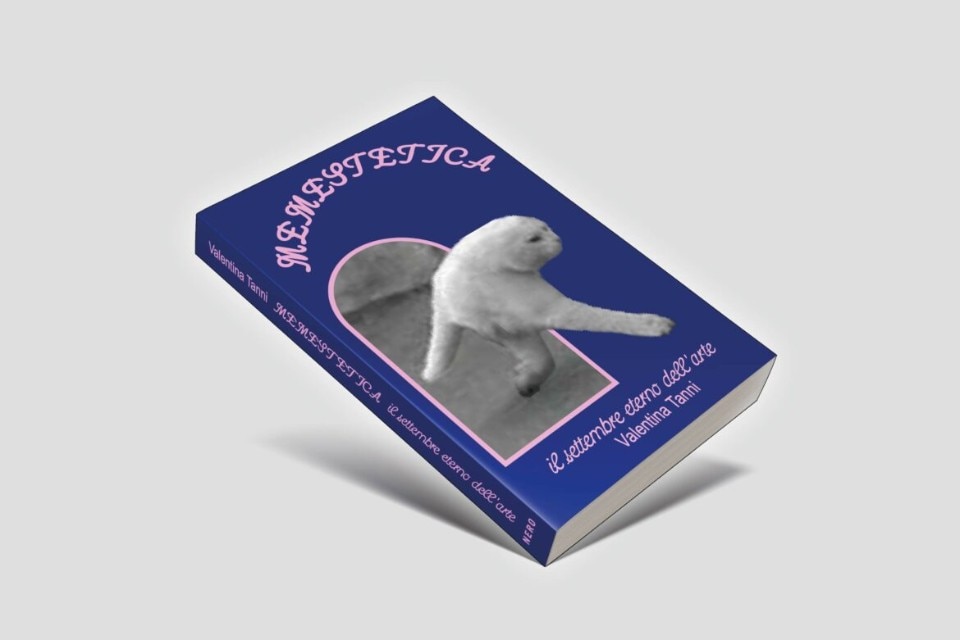
Tell us about the genesis of the research project. How did Memestetica start?
The book stems from the research that I've been carrying out for about ten years. In particular, the idea took shape specifically after the exhibition “Eternal September – The Rise of Amateur Culture”. It was held in Ljubljana in 2014, and it represented an attempt to analyse the exponential growth of amateur and spontaneous creativity. That was the starting point of it all, along with another ongoing project called The Great Wall of Memes, a website-based catalogue of images ranging from artistic memes to viral images. As an art historian, I have always been very interested in the relationship between art and technology, not only from a technical point of view but above all by trying to understand how the introduction of certain technological tools changes the way we use images. Today, artistic works are being increasingly appropriated and reused. This factor leads to an attitude change even within the museums themselves.
So, what change is copyright facing in the meanwhile? Does it make sense to talk about it anymore?
On the one hand, copyright certainly creates a necessity for the very existence of the art system. But over the last two centuries, many contemporary artists have had a very loose attitude towards copyright, engaging in practices of re-appropriation and remixing. A distinction has to be made between the needs of the market and those of art in the strict sense. It is clear that in the wilder side of the internet this distinction is more difficult to control, and the whole world of memetics and viral images is somehow antithetical to the very idea of copyright, and it becomes almost an oxymoron.
How valuable are NFTs (Non-Fungible Tokens) in the digital art world instead?
The NFT is a form of digital certificate based on blockchain technology. This tool is being used in very different ways in the art world: it has been the protagonist of a giant speculative bubble, especially in the first months of 2021, but it has also fostered the emergence of some art communities interested in finding new ways of livelihood and testing tools of disintermediation from the traditional art system. NFTs per se do not change the world of so-called “digital art” – a very imprecise umbrella term that is increasingly difficult to use – but they certainly open up prospects for the market, net of the ecological issues related to their use that cannot be ignored.
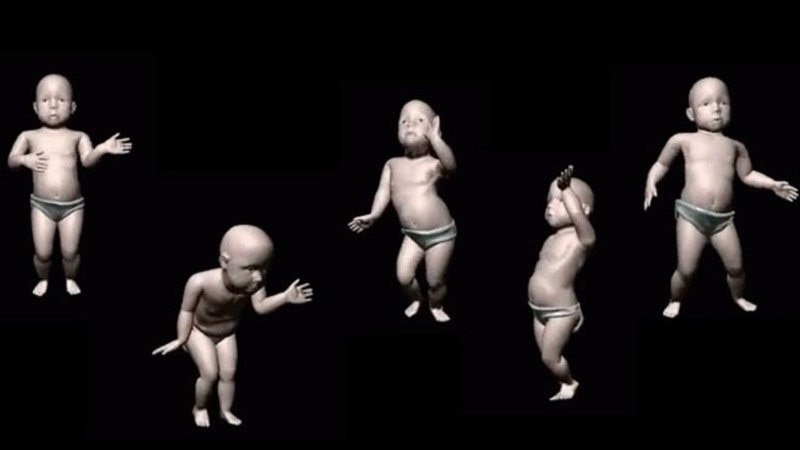
In this context, are we changing our idea of what “art” is?
This is my impression.
An impression that is not widely shared...
Most of the art world is very reluctant to accept any kind of pitch invasions and artistic expressions coming from outside. The art world has always worked like this, between insiders and outsiders. I am not saying that art is dead, I actually think it is quite the opposite. What people tend to forget is that the concept of art that we have today, right now and in this part of the world, is the same as the birth of the concept of the fine arts, with a history that starts from the Renaissance but takes shape in the 19th century. And even the art system we know today, the one made up of museums, galleries, and curators, is a system that was created only recently. Just read any art history book and you will see that our ideas of what art is have changed a lot.
In the book, you talk about the birth of lo-fi aesthetic, a rejection of the celebration of high definition as a value in itself. How did it come about and how is it spreading?
The artistic act also takes on the function of connecting and sharing with others. It is also an attempt to create styles, languages, and attitudes that could provide an alternative to the mainstream, a typical characteristic of mass internet. The moment the internet became accessible to so many people, there was a proliferation of diversity – many niches of different people who are passionate about different things, with different styles, different attitudes. This also has an impact on aesthetics in a broader sense. This chaotic, but at the same time also extremely lively and varied manifestation of different attitudes and aesthetics was made possible by this new aspect.
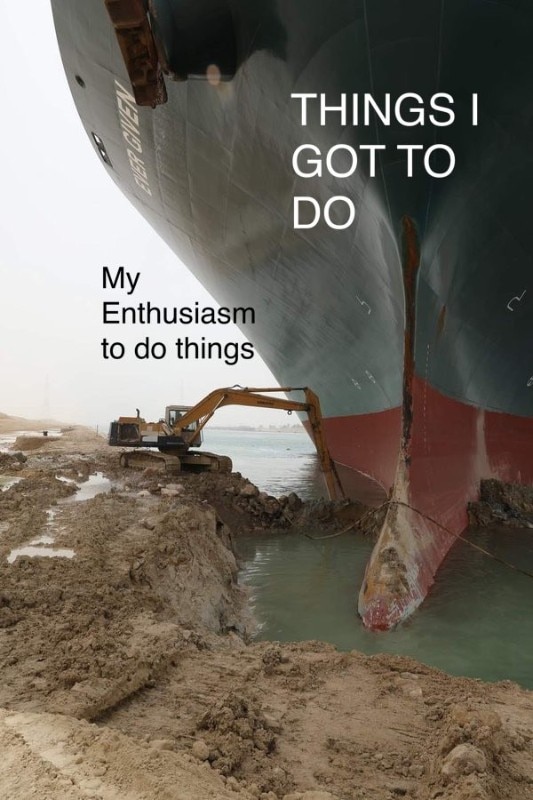
The same thing often happens in architecture, where a new generation formed by a multiplicity of small collectives and no longer by large studios prefers the old architectural drawing and representation techniques over the use of technologies like renderings.
This trend is very much part of a search for authenticity and content. In the book, I speak of a new primitivism, like that in the 19th century, when we looked at the art of the so-called "primitives". The last decades have been conditioned by high definition, that is, the need to get better and better at digital and photographic production. The culture of HD obsession has also generated a movement of distrust of the truth of what we see. The impression, therefore, is that something too processed and too refined can be adulterated or fake. The general association is that something less processed is more genuine, but this is not always true.
Secondly, there is the matter of speed. Communication now travels at a very fast pace, especially in the world of online communities and subcultures. The production of images is necessarily fast and unrefined because there is the need to stay in the flow of the conversation with the right timing. Sometimes, there is not even time to take care of the packaging, as we want to send a message in an immediate way, as quickly as possible.
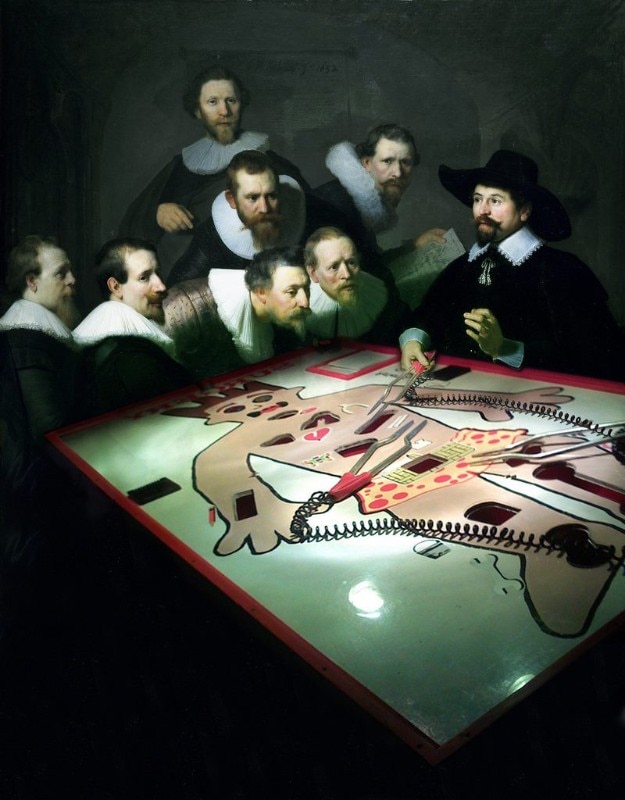
This brings us to memetics, which you have described as a “virus of the mind”. How does the grammar of memes work?
In these processes, it almost never matters where the image comes from, they are all just potential vehicles for communication. An image can also be completely de-signified and re-signified in a new key. Images are images, and they can be manipulated in any way without any qualms or respect for their content. Regardless of what the source of the image is, it can be turned into a template to say anything. This happens even with the most serious images, which should somehow remain, according to our old worldview, bound in the world of sometimes politics, sometimes art, sometimes religion.
The more an event is considered weird, anomalous, the more attention it catches. Images are sometimes used metaphorically to express feelings and worldviews. Sometimes you see an image referring to an important historical event, perhaps one that has social and political implications, but it is used as a template to say something else. It is part of that anarchic attitude to use any material to say something. It is a disrespectful, totally anarchic attitude.
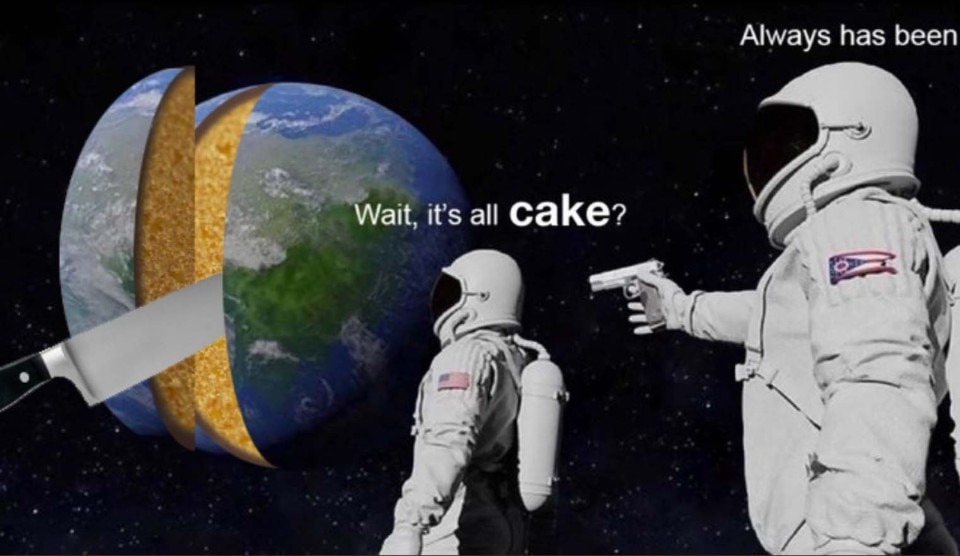
What about the role of technology?
It is certainly not neutral. But I think what comes out is the humanity behind these devices: a need to communicate, to establish connections between people, to find fellowship even between people who are far apart in space and more. There are thousands of machines and eyes on the world that are independent of the human eye, images that machines create, and other machines try to interpret.
In addition to the concept of art, it is precisely the concept of reality that has changed.
Even when it comes to the love of nonsense, of the strange and surreal, even that is a fairly clear testimony to giving visible form to a world that has lost its sense. Take Surreal Cake as an example, a meme that questioned the very nature of the world. The American website Buzzfeed had posted a video of a cake artist struggling with a series of objects, which in reality were nothing more than hyper-realistic cakes. This video went viral and lead to a long sequence of surreal memes. Is what we see really what we see, or are we being deceived? These are philosophical memes reflecting on the nature of reality itself, and it is no coincidence that this trend took off in 2020, a time when people were faced with an almost dystopian reality. We live in a time when it is very difficult to understand the veracity of things, and memetics often takes on very deep reflections on the very meaning of reality, even if they are found in the template of humour.


